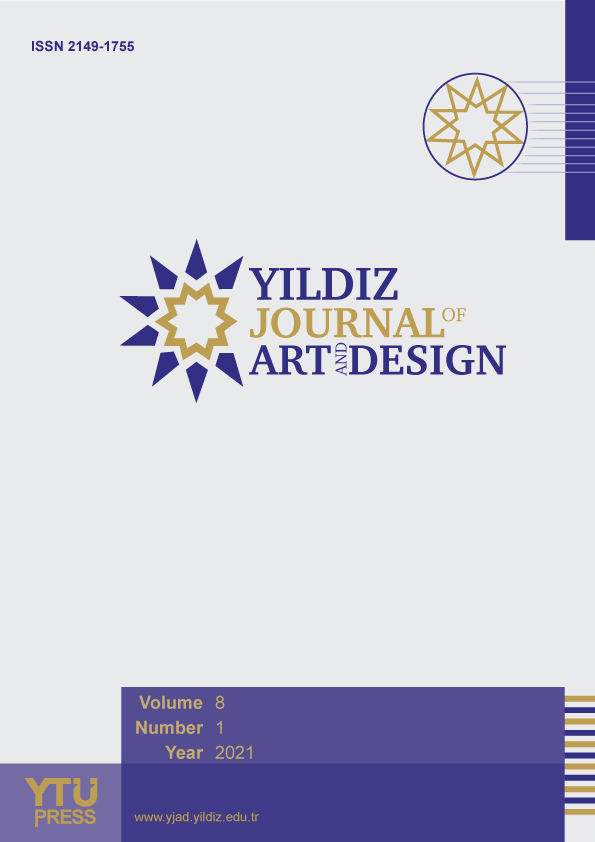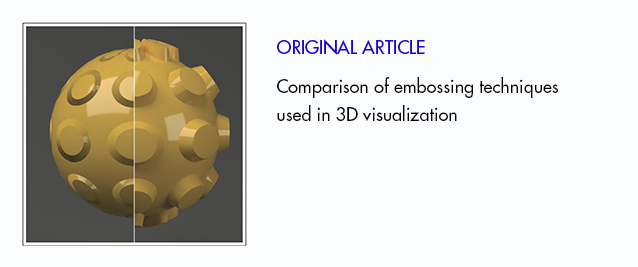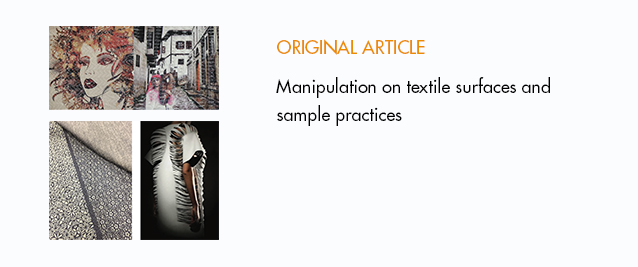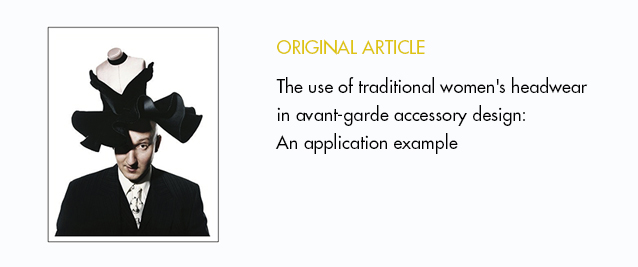Abstract
It is widely accepted that pupils and students comprehend and retain information more effectively when taught using concrete physical objects. The problem of lack of understanding of the teaching of scientific concepts especially in the secondary schools is partly because the teachers do so by using abstract concepts in teaching science subjects. If a child has not previously seen an object and it is taught without a tangible representation, confusion may arise in the mind of such student. This is where using concrete object becomes important and so the objective of this study is to produce scientific models like skull, eye, brain and skeleton for pedagogic purpose. Although the 3D technology has gained significant recognition worldwide for its ability to produce various equipment, there is limited awareness in developing economies like Nigeria and other African countries; so, this study aims to explore the potentials of 3D printing technology in the production of various scientific equipment for teaching. The methodology used in this research is studio-based and practiceled where 3D printer was used in the studio to produce various scientific instructional models and apparatuses to precision. The models so produced are to be sent to secondary schools for testing and at the end it was found that teaching with physical objects enhancing understanding.
Genellikle öğrencilerin somut fiziksel nesneler kullanılarak öğretildiğinde daha iyi anladıkları ve özümsediklerine inanılır. Özellikle ortaokullarda bilimsel kavramların öğretiminin anlaşılamaması sorunu kısmen öğretmenlerin fen konularını öğretirken soyut kavramlar kullanmalarından kaynaklanmaktadır. Bir çocuğun daha önce görmediği ve böyle bir nesne sağlanmadan öğretilen bir şeyin, öğrencinin zihninde karışıklığa neden olması muhtemeldir. İşte bu noktada somut nesne kullanımı önem kazanmaktadır ve bu çalışmanın amacı pedagojik amaçla kafatası, göz, beyin ve iskelet gibi bilimsel modeller üretmektir. 3D teknolojisi, çeşitli ekipmanlar üretme kabiliyeti nedeniyle dünya çapında önemli bir tanınırlık kazanmış olsa da, Nijerya ve diğer Afrika ülkeleri gibi gelişmekte olan ekonomilerde sınırlı farkındalık vardır; bu nedenle bu çalışma, öğretim için çeşitli bilimsel ekipmanların üretiminde 3D baskı teknolojisinin potansiyellerini keşfetmeyi amaçlamaktadır. Bu araştırmada kullanılan metodoloji stüdyo tabanlı ve uygulama odaklı olup, stüdyoda hassas bir şekilde çeşitli modeller ve aparatlar üretmek için 3D yazıcı kullanılmıştır. Bu şekilde üretilen modeller test edilmek üzere ortaokullara gönderilecek ve sonuçta fiziksel nesnelerle öğretimin anlayışı geliştirdiği görülmüştür.

















